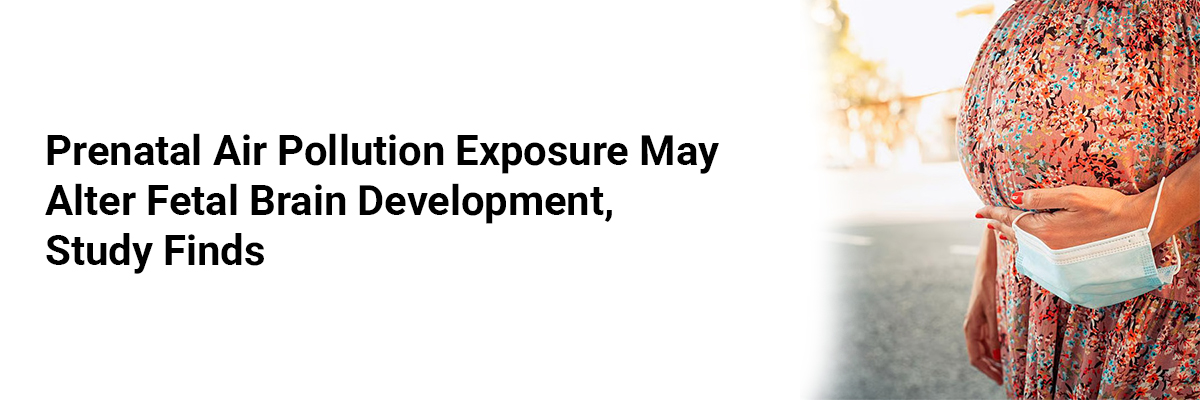
Prenatal Air Pollution Exposure May Alter Fetal Brain Development, Study Finds
Prenatal exposure to air pollution—primarily black carbon—was linked to altered fetal brain structures, such as wider ventricles and larger cerebellar vermis. The study highlights mid-to-late pregnancy as a vulnerable window, stressing the need for pollution mitigation during gestation.
According to a study published in The Lancet Planetary Health, prenatal exposure to air pollutants—primarily black carbon—may impact fetal brain morphology, with detectable changes occurring before birth. The study analyzed data from 754 participants in the Barcelona Life Study Cohort, using advanced neurosonography in the third trimester to assess fetal brain structures.
Researchers estimated maternal exposure to nitrogen dioxide (NO₂), fine particulate matter (PM₂.₅), and black carbon at home, at work, and during commutes using a combination of land-use, dispersion, and hybrid models. The analysis revealed associations between higher pollutant exposure and altered brain structures, including a wider anterior horn of the lateral ventricles, a larger cerebellar vermis, and a shallower Sylvian fissure, particularly with black carbon. These findings persisted in multipollutant models for black carbon but not consistently for NO₂ and PM₂.₅.
A vulnerable exposure window in mid-to-late pregnancy was also identified. The authors emphasize that even moderate urban air pollution may impact fetal brain development, urging stronger policies to reduce pregnant individuals' exposure to airborne toxins. These findings underscore the critical need for environmental protections during pregnancy to safeguard long-term neurodevelopmental health.
(Source: https://medicalxpress.com/news/2025-06-exposure-pollution-pregnancy-linked-fetal.html )













Please login to comment on this article